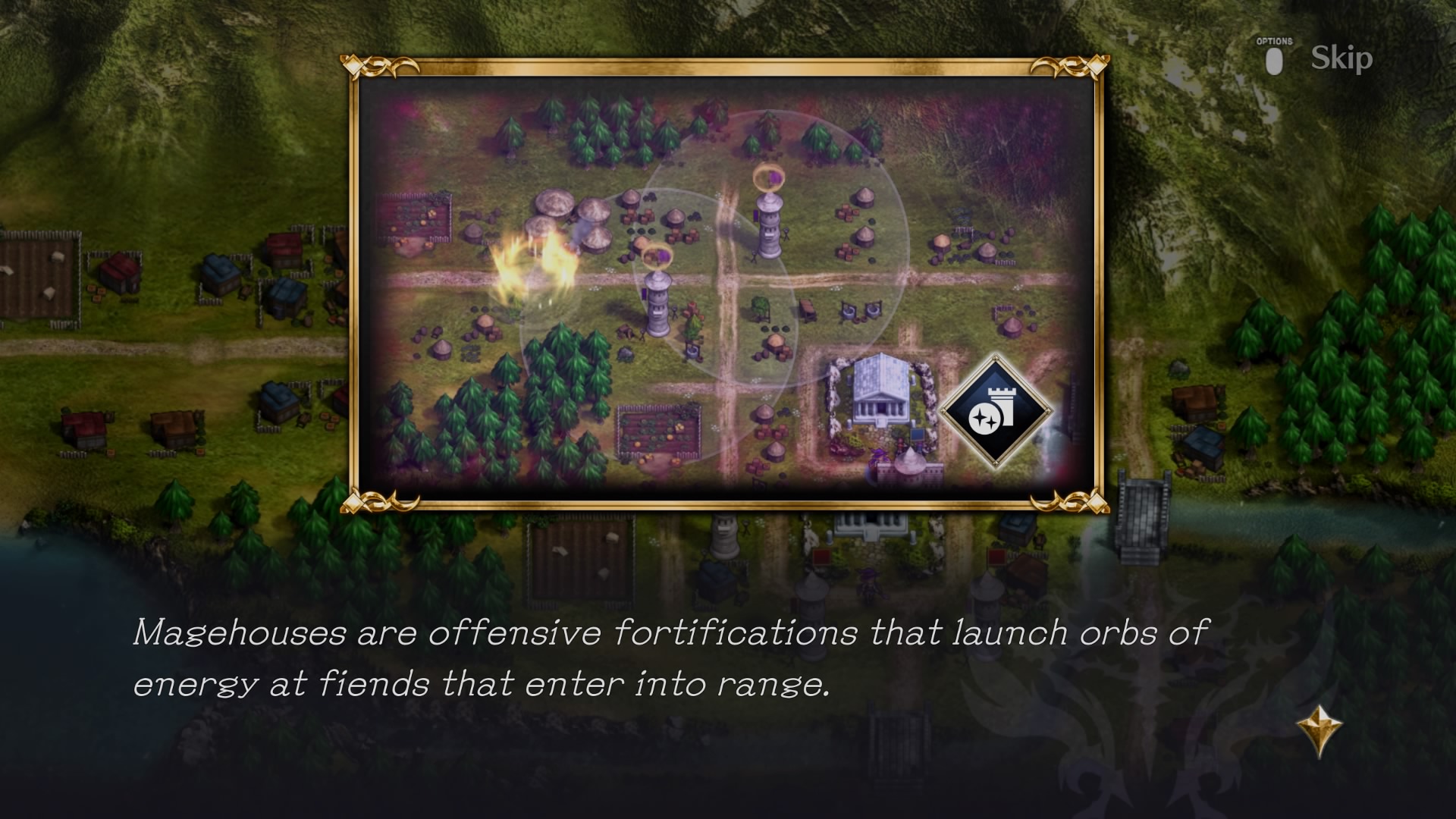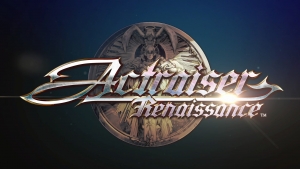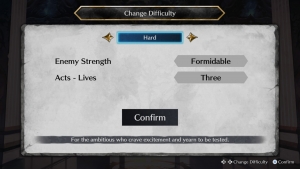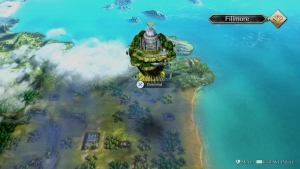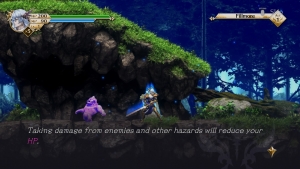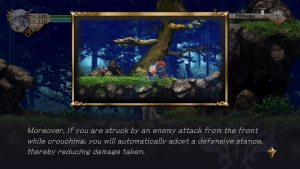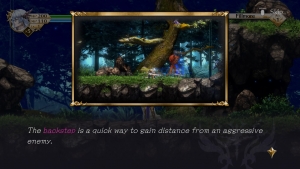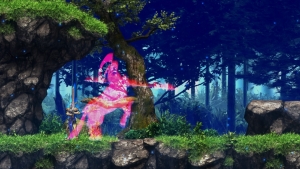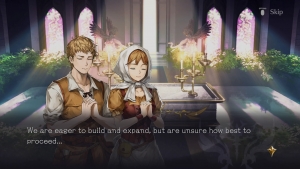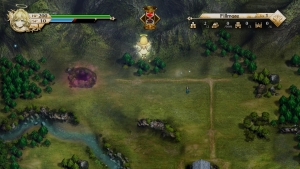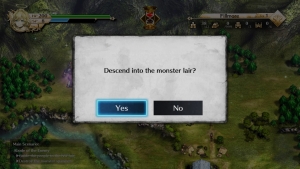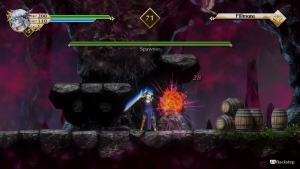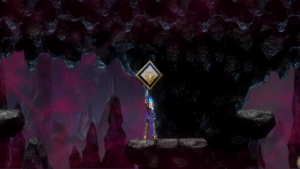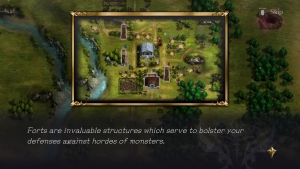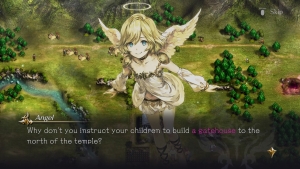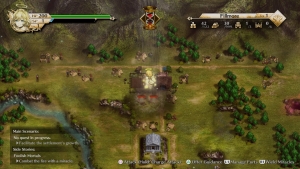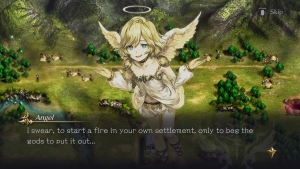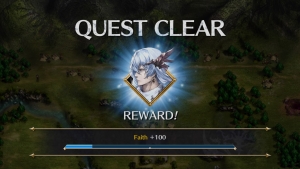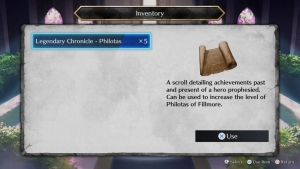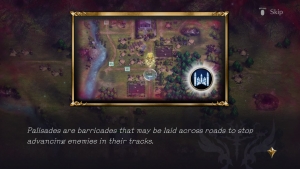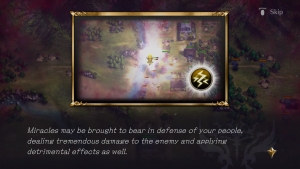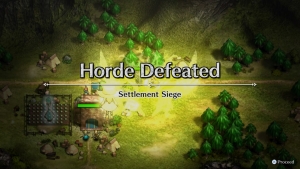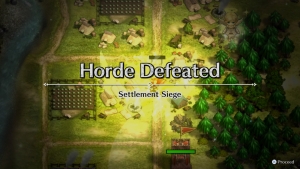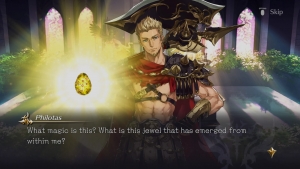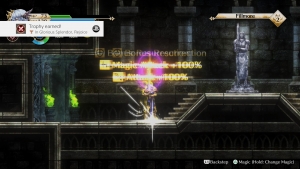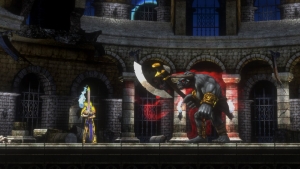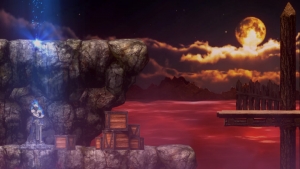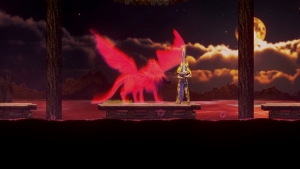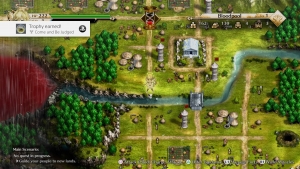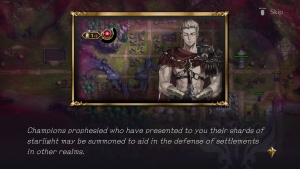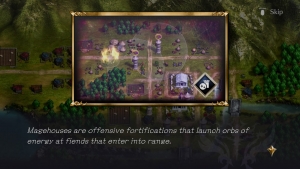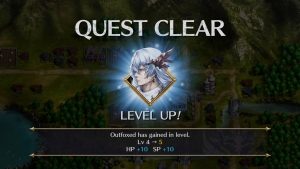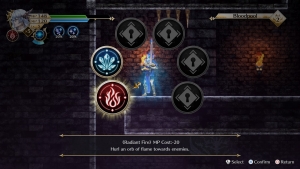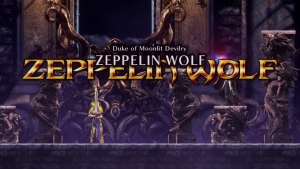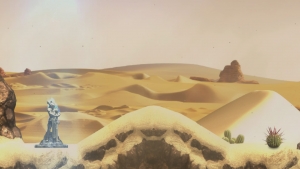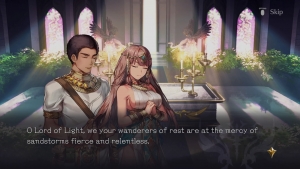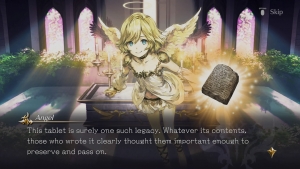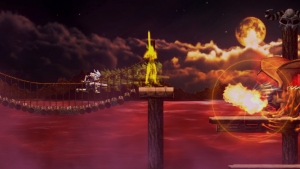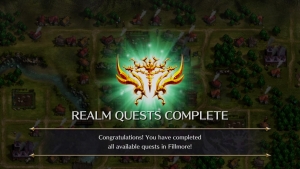by Andrew Skelton (Outfoxed)
Few games give me as much nostalgia from my childhood as Actraiser does. Released at the end of 1991, the game was a unique combination of side-scrolling combat and top down city development — a true blending of genres well before anything I’d known had attempted. Enter September 2021 and Square Enix has released Actraiser Renaissance, a complete remaster of the game, complete with overhauled graphics, new features and functions, and an expanded storyline. Obviously remasters vary quite a bit in quality and scope, so how does Actraiser Renaissance stack up to its source?
PlayStation 4 version played for this review.
Story
You play as the Lord of Light, a god-like figure responsible for the burdens of the people. You fell in battle against the evil lord Tanzra centuries ago and retreated to recover your strength, only to find when you awaken your people are gone and the lands now under Tanzra’s control, guarded by his six lieutenants. As you defeat his minions, you help rebuild human civilization, which itself is fraught with challenges as these humans learn to take care of themselves.
This follows mostly along with the plot of the original game; however, Renaissance adds on to the original with the stories of the six champions, named NPCs that live in each realm that are vital to the overall story of each region. Along the way you’ll also get additional stories of certain townsfolk, which really helps make all six regions feel unique.
Graphics
Also helping each region feel unique are brand new villager NPC sprites, which all sport different outfits depending on which region you’re in. For example, the NPCs of the desert realm Kasandora wear an Egyptian style motif, while the people of the temperate forest of Fillmore carry a much more English aesthetic. It’s small touches like this in the graphical remaster that make the world feel a lot different, especially because each world essentially carries the same basic gameplay loop.
The side-scrolling stages, too, received a major graphical overhaul, with gorgeous rendered backgrounds and nice looking models for the playable character and the enemies he faces off against. Of particular impressiveness are the bosses of each stage, which look imposing and powerful in their own rights. Plus, the game’s soundtrack is a masterful rendition of the legendary Yuzo Koshiro’s works for the game, which is certainly a welcome addition.
Actraiser Renaissance’s side-scrolling combat in action.
Gameplay
Story and graphics aside, most of you are wondering how the game plays, especially compared to the original. Thankfully, the core essence of the Actraiser experience remains intact, though there are some differences from the original that need to be addressed. The original Actraiser had incredible controls for the day, with each movement, jump, and attack being near perfectly responsive. Unfortunately, Renaissance, while still decent, fails to capture that same level of feel. It’s still good, don’t get me wrong, but if you’ve played the original, it will still feel off comparatively.
Likewise, the city development stage feels incredibly slow compared to the original game. In an attempt to draw more individual story to each realm, significant slowdown to development has occurred in the cities. Gone is the ability to seal monster lairs immediately; instead Renaissance relies on quests to pop up stating the people are ready to seal them. Added to each monster sealing, however, is another action sequence which is great for people who wanted more of them in the original. All of this takes more time than the original game, though, which could be rushed through by skilled players in about three hours or so. Mind you, I was only about halfway through the second area in similar time in Renaissance to put how much slower the game is in perspective.
There’s also the addition of what can only be described as a tower defense minigame in the city-building stage. This particular addition puts the champions of each realm center stage, and you have to build a limited amount of forts and towers before the siege happens. Unfortunately this is another weak link of Renaissance, as some of the sequences can be downright brutal should your town develop in a way that makes defending objectives next to impossible. For a personal example, in the mountainous land of Aitos, I got stuck on a siege which required me to defend my workshops (a new building that provides resources to build forts and towers), but the way the city developed put them all at the mouths of the monster spawn points. Not even the usage of palisades — fences to help stall the monster advances — could prevent this issue.
Overall Thoughts
Actraiser Renaissance is a bit of an awkward title. It’s a very well done remaster plagued by minor issues that detract from the overall experience. Town development seems unnecessarily slow, to the point you spend a great deal of time with nothing to do. The tower defense sections added difficulty that ranged from laughably easy to utterly impossible. The focus on the champions of each realm stunts the impact that you, the player, have to the overall story. The controls in the action sequences being slightly off compared to the original gives jumps too much float and changing directions too much slide. The basic gameplay loop is the same for every area: fight first boss, build, solve problems, wait, fight second boss, deal with aftermath. That alone may turn many people away.
Those issues aside, for people who’ve wanted something, anything, from the Actraiser series since the sequel in 1993 will find a lot to love about the remaster. The graphical improvements are great. An expanded story beyond the six realms is a surprising addition (but I can’t spoil TOO much more here), and wonderful to see. Additional action sequences when sealing monster lairs is definitely welcome, since it’s one of the strongest points of the game. Purists of the series may balk at some of the changes, but almost every fan of Actraiser will feel right at home in this remaster. It may not be the best action game out there, it may not be the best city-builder around, but it does both reasonably well, and if you’re new to the series, it may be worth your time to check it out.
Note: A code for the game was provided for review purposes.
Actraiser: Renaissance Screenshots



